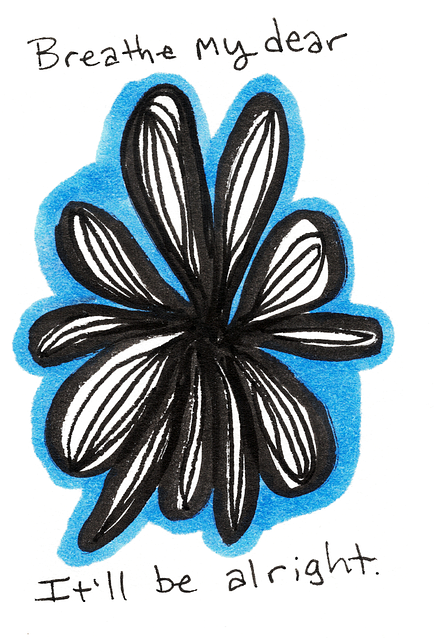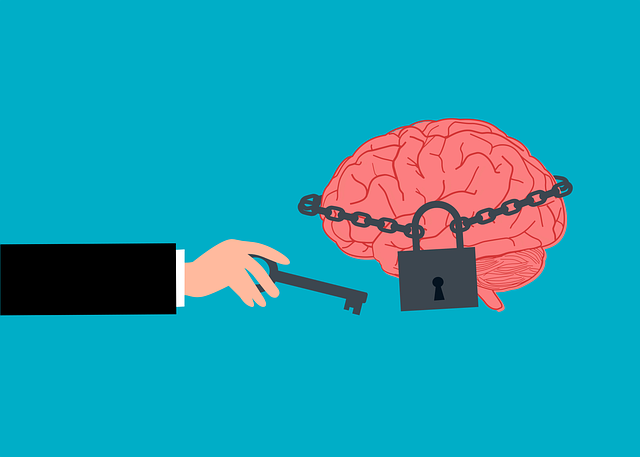Crisis Intervention Teams (CITs), as implemented by organizations like Centennial Chronic Pain Therapy, are multidisciplinary healthcare groups vital for managing acute emotional crises, especially in chronic pain scenarios. These teams provide immediate support and enhance patient care through early intervention. Training programs equip participants with skills to handle various crises, promote cultural competency, and advocate for policies addressing community mental well-being. Holistic therapy approaches, including community outreach and tailored mental health education, have proven effective in managing chronic pain long-term, revolutionizing care delivery and improving quality of life.
Crisis intervention teams (CITs) play a vital role in managing chronic pain, particularly in the complex landscape of centennial chronic pain therapy. This article explores CIT training programs, delving into their essential components and real-world impact. We uncover how these structured initiatives equip healthcare professionals to navigate the challenges of chronic pain management, offering success stories and best practices that revolutionize patient care. By understanding and enhancing CIT skills, we can improve outcomes for individuals navigating this intricate medical journey.
- Understanding Crisis Intervention Teams: Their Role in Centennial Chronic Pain Therapy
- Essential Components of Effective Crisis Intervention Team Training Programs
- Real-World Impact: Success Stories and Best Practices in Chronic Pain Management
Understanding Crisis Intervention Teams: Their Role in Centennial Chronic Pain Therapy

Crisis Intervention Teams (CITs) play a pivotal role in addressing acute emotional crises and are increasingly recognized as essential components of healthcare systems, particularly in the context of Centennial Chronic Pain Therapy. These teams typically consist of healthcare providers from various disciplines who collaborate to offer immediate support and guidance during times of intense distress or when individuals face significant challenges managing their chronic pain. By integrating CITs into healthcare settings, there is a focus on enhancing patient care and outcomes through early intervention.
The role of CITs goes beyond crisis management; they foster cultural competency among healthcare providers. Training programs emphasize the importance of understanding diverse backgrounds, beliefs, and experiences to deliver culturally sensitive care. For instance, Healthcare Provider Cultural Competency Training equips professionals with Mind Over Matter principles to help patients navigate pain management effectively. Additionally, these teams contribute to public awareness campaigns development, ensuring that information about Centennial Chronic Pain Therapy reaches diverse communities, promoting better understanding and access to support services.
Essential Components of Effective Crisis Intervention Team Training Programs

Effective crisis intervention team (CIT) training programs are multifaceted, integrating various components crucial for empowering individuals to respond to crises competently and empathetically. Firstly, these programs must impart comprehensive knowledge about different types of crises, including those related to chronic pain and trauma, as Centennial Chronic Pain Therapy highlights the unique challenges these situations present. Participants should learn not only the physical symptoms but also the emotional healing processes involved in managing such crises.
Moreover, training should focus on developing essential skills like active listening, crisis de-escalation techniques, and effective communication strategies. Integration of Trauma Support Services and Mental Health Policy Analysis and Advocacy ensures a holistic approach, equipping CIT members to not only provide immediate support but also advocate for policies that prevent future crises and promote mental well-being within communities.
Real-World Impact: Success Stories and Best Practices in Chronic Pain Management

In addressing chronic pain, crisis intervention team training programs have proven instrumental in transforming lives and communities. Success stories from various regions highlight effective strategies such as holistic therapy models that seamlessly integrate physical, mental, and social well-being, pioneered by organizations like Centennial Chronic Pain Therapy. These innovative approaches not only alleviate symptoms but also equip individuals with coping mechanisms to manage pain on a long-term basis.
Best practices in crisis intervention guidance emphasize community outreach program implementation and mental health education programs design tailored to the unique needs of chronic pain sufferers. By fostering support networks, promoting peer-to-peer learning, and providing accessible resources, these initiatives have significantly improved quality of life for affected individuals. Community-based interventions, combined with evidence-based treatment protocols, create a symbiotic relationship that enhances recovery outcomes, reflecting the power of collaborative efforts in healthcare delivery.
Crisis intervention team training programs, enriched by insights into Centennial Chronic Pain Therapy, play a pivotal role in empowering healthcare professionals. By focusing on key components such as empathetic communication, crisis de-escalation techniques, and pain management strategies, these programs foster effective support for individuals navigating chronic pain. Real-world success stories highlight the positive impact of well-trained teams, showcasing improved patient outcomes and enhanced quality of life. Embracing best practices from these cases ensures that crisis intervention remains a powerful tool in the ongoing battle against chronic pain.













